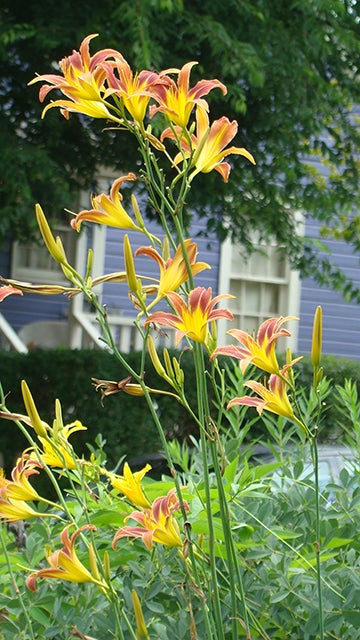Consumer Qs: can you smell salmonella in foods?
Published 4:00 pm Wednesday, September 14, 2016

- Challenger is one of the late-blooming varieties that will extend the daylily season in Georgia.
Question: It is possible to smell salmonella on foods?
Answer: Salmonella is a type of bacteria that can lead sickness or even death. You cannot see, smell or taste whether a food is contaminated with salmonella. That applies for other pathogens in general, not just salmonella. That is why it is important to always follow food safety guidelines when handling and preparing foods.
Q: I recently harvested two watermelons from my garden and was told to cool them as quickly as possible. Why? I was only planning to chill them right before eating.
A: Think of a watermelon and other melons as water balloons with a thicker skin. It is easy to understand how hot a melon-balloon gets when it has been in the sun all day when temperatures are very high. The heat it absorbs and that builds up in it is called “field heat.” Depending on their crop and marketing plan, farmers will work to improve the shelf life of their melons and other produce and prevent deterioration caused by high temperatures by removing this field heat after harvest, especially before the melons are packaged together in large cartons or crates. Removing field heat is not critical for a home gardener, but it can extend the storage life of your melons if you don’t eat them immediately.
Q: What are some late-blooming daylilies? A: A few later varieties to consider are August Flame, August Pioneer, Autumn Daffodil, Autumn King, Autumn Minaret, Carol Sing, Challenger, Clementella, Late Cream, Late Adagio, Olallie Mack, Princess Irene and Scentual Sundance. Two popular re-blooming varieties are Stella de Oro and Black-eyed Stella. Re-blooming varieties will bloom over several months.
If you have questions about services or products regulated by the Georgia Department of Agriculture, write Arty Schronce (arty.schronce@agr.georgia.gov) or visit the department’s website at www.agr.georgia.gov.





